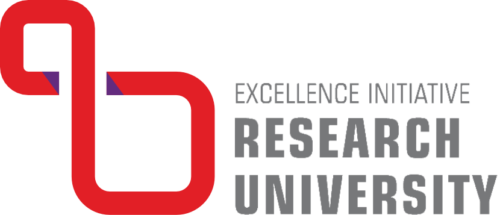Eliška Greplová
Check out Eliska’s awesome lecture slides!
Lecture 1: Discovering physics without neural networks
Unsupervised learning without neural networks can be surprisingly powerful and can help us get lots of physics insight. In this lecture, I will introduce some basic clustering tools: principal component analysis (PCA), kernel PCA, and t-Neighbour Stochastic Embedding (t-SNE). I will illustrate each of these with a quantum physics example. We will see that even simple clustering methods can help us identify phase transitions in the spin systems without knowing any underlying theory. We will also explore the boundary of applicability of such methods. Using t-SNE we will analyze some completely new experimental data from bilayer graphene quantum dots and learn to reconstruct the quantum dot wave functions.
Lecture 2: Learning phases of matter with neural networks
Here, we will look at some of the examples of the phases of matter where clustering methods we learned in Lecture 1 have failed us and see if there is another way how we may identify them. We introduce neural networks and build a simple architecture for supervised learning of phases of some fun spin model. We learn how by adding different layers we can up our game and learn more and more complex physics. Finally, we learn that using neural networks we can also identify the phases of matter in an unsupervised way.
Lecture 3: Learning physics of large scale quantum devices
Now when we mastered the basics of supervised and unsupervised learning in Lectures 1 and 2, we can ask whether there is a frontier experimental application where all of this can be used. I will use quantum simulation as a general example of the advantages of learning physics from data. Wave-functions are big, so we cannot simulate them (though as other lecturers are showing there are lots of very cool ML approximate methods out there). Then we want to be like Feynman and say: so we use the quantum system to simulate it and we are done. The catch comes if we want to verify our quantum simulator is doing what we wanted in the first place (which is hard since we can’t simulate it classically). In this example, I will introduce the field of Hamiltonian learning and show how this can be successfully done on some large-scale cold atoms experiments with supervised learning. If time allows I will give a quick introduction to reinforcement learning and show how to adapt it for Hamiltonian learning tasks as well.
